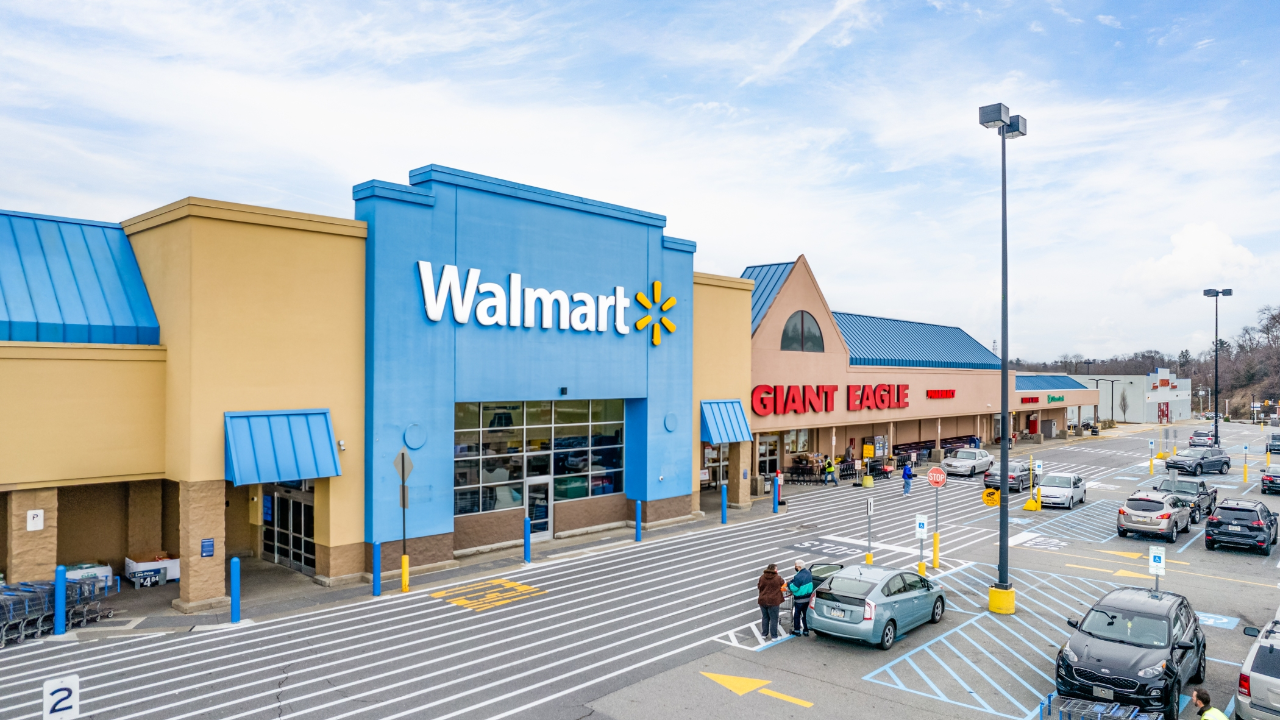
A major U.S. retailer is preparing to demolish a $34 million shopping center near Pittsburgh, Pennsylvania, a site famous for its role in the 1978 film Dawn of the Dead and decades as a community hub.
The announcement has sent shockwaves through local businesses and workers, many of whom fear job losses and economic disruption. “All tenants must vacate by April 2027,” city officials confirmed, signaling a sweeping transformation.
With redevelopment plans promising modern retail, restaurants, and public spaces, how will this iconic property’s overhaul reshape the local economy and community?
Jobs on the Line
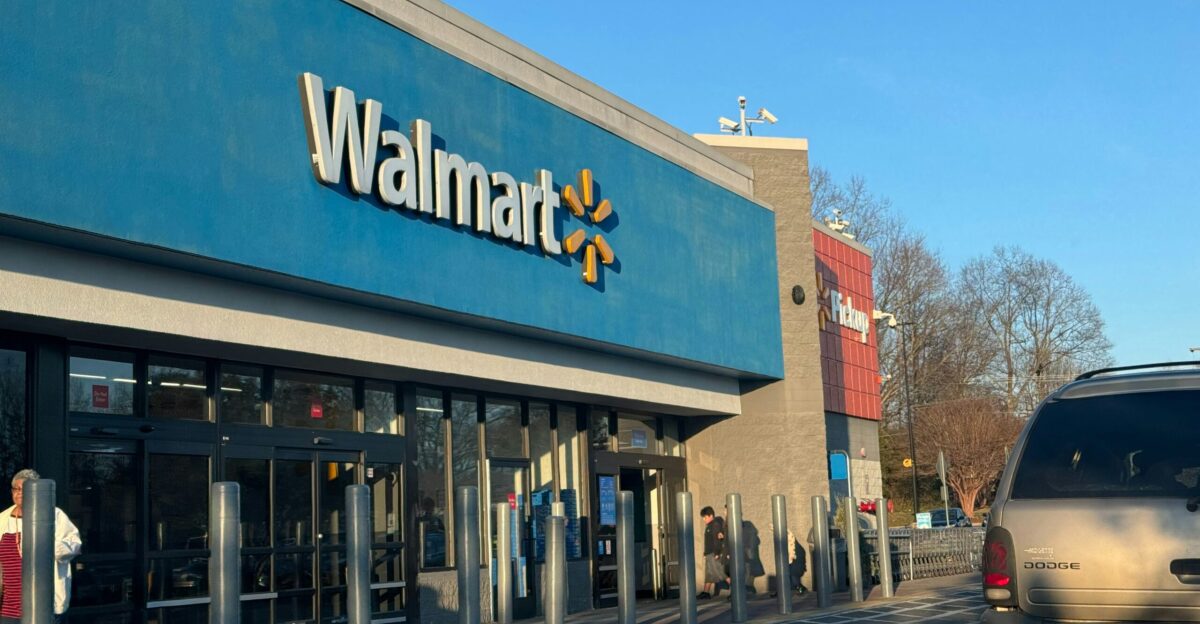
Hundreds of jobs are now at risk as plans move forward. Local officials warn of significant economic fallout, with ripple effects likely to extend across surrounding communities. Employees and tenants alike are grappling with uncertainty over their livelihoods and the stability of their businesses.
Mall’s Storied Past
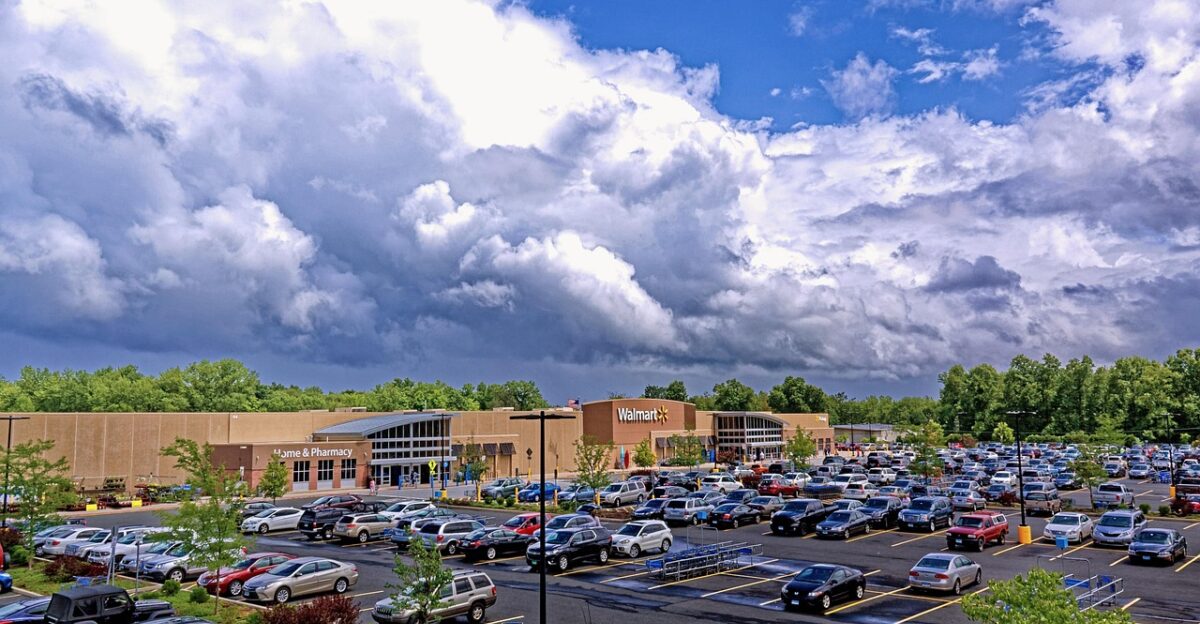
The site has a rich history, opening in 1969 as a retail and social hub for western Pennsylvania. Over decades, it hosted dozens of national chains and became a cultural touchstone, even appearing in the 1978 film “Dawn of the Dead.” Its legacy makes the upcoming changes all the more striking.
Retail Pressures Mount
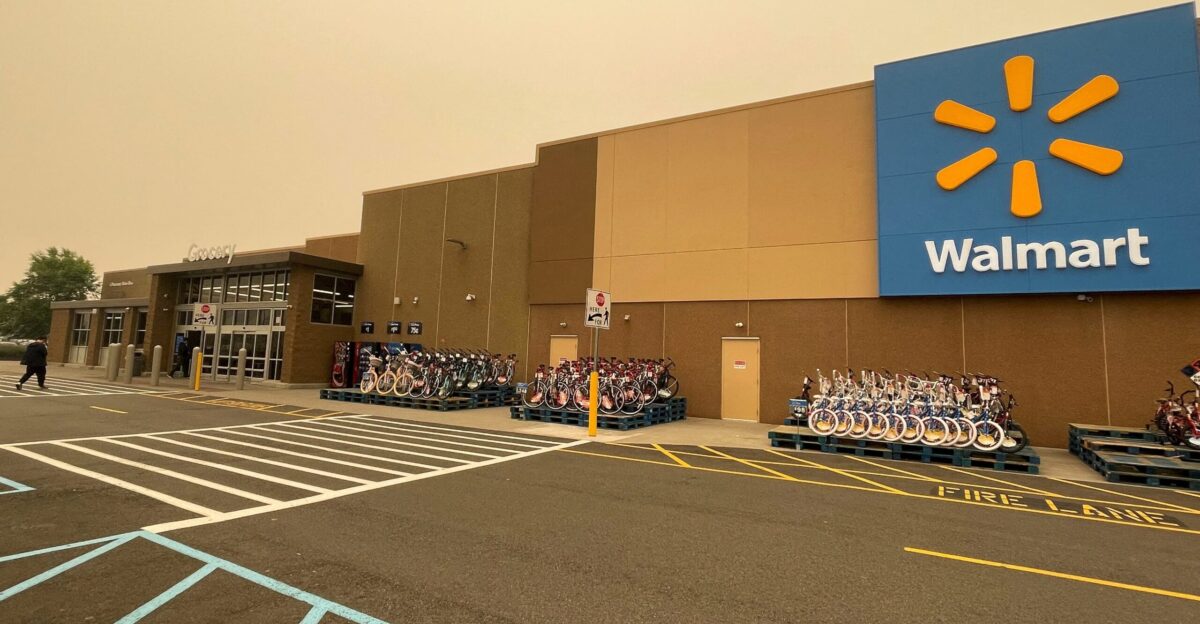
The mall’s decline mirrors national trends. Across the U.S., traditional shopping centers face falling foot traffic, rising vacancies, and shifting consumer habits. E-commerce growth and changing expectations are forcing retailers to rethink physical spaces, putting added pressure on aging mall properties.
Walmart’s Bold Move

On January 31, 2025, Walmart acquired Monroeville Mall for $34 million from CBL Properties. By April 2027, all tenants must vacate, clearing the way for full demolition. Walmart plans to transform the site into a modern, mixed-use retail and entertainment destination.
Local Impact Unfolds
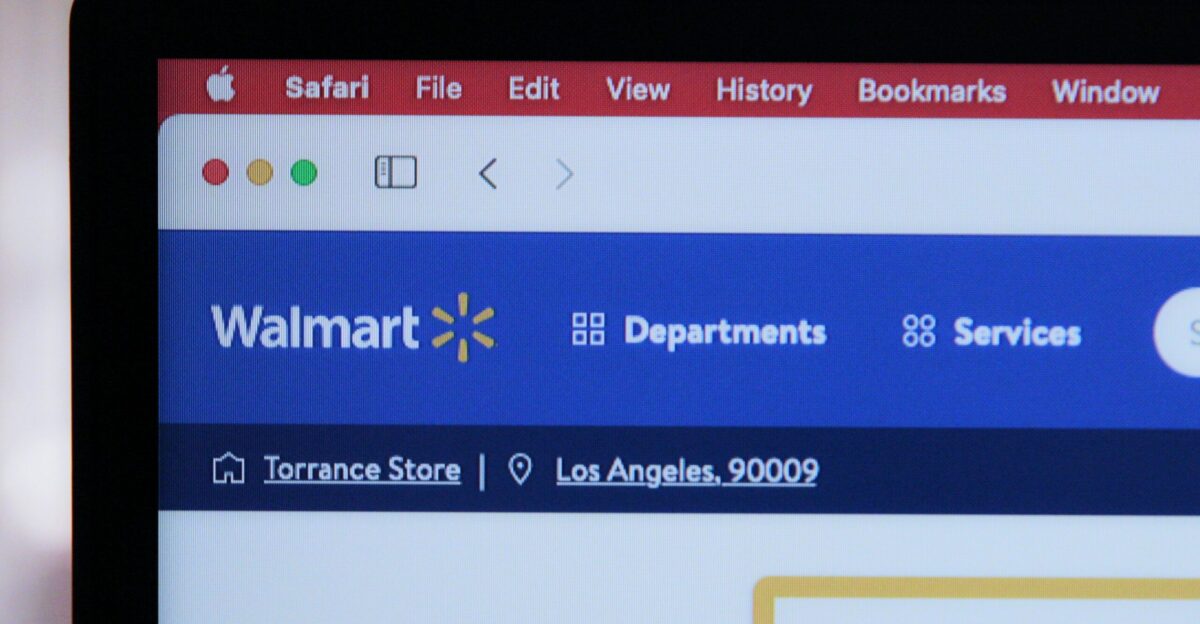
The Monroeville community faces immediate disruption. Local businesses that rely on mall traffic are bracing for a downturn, while city leaders scramble to assess the broader economic impact.
Workers in Limbo
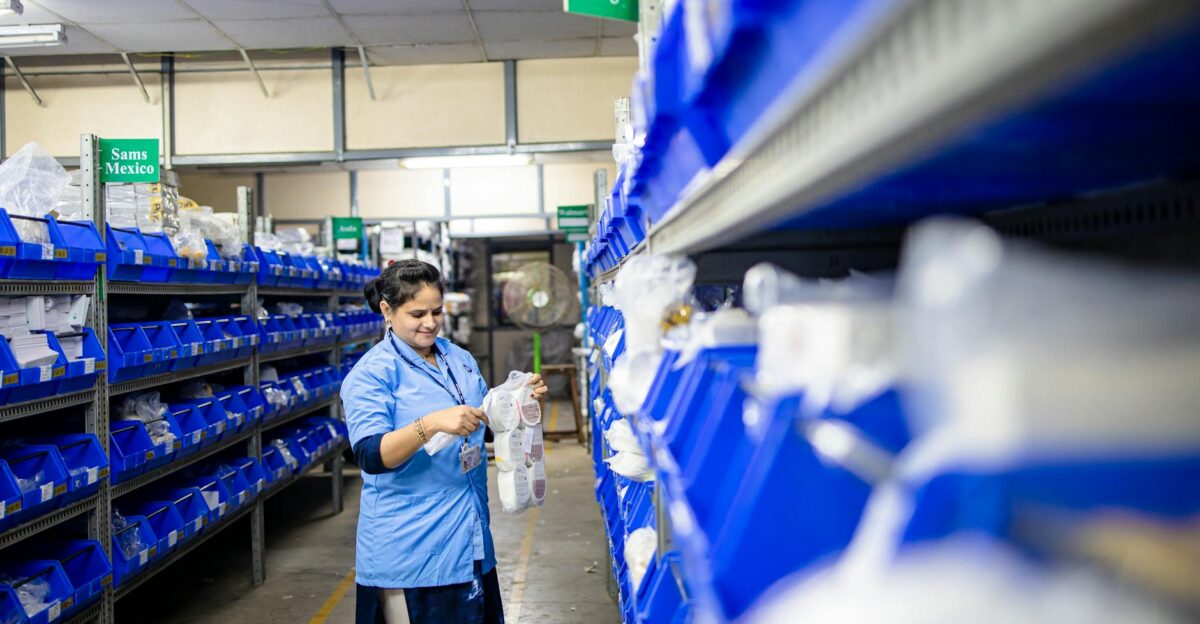
Employees—from retail staff to maintenance crews—face job uncertainty. Some have worked at the mall for decades and now must navigate sudden changes to their livelihoods.
Competitors Watch Closely
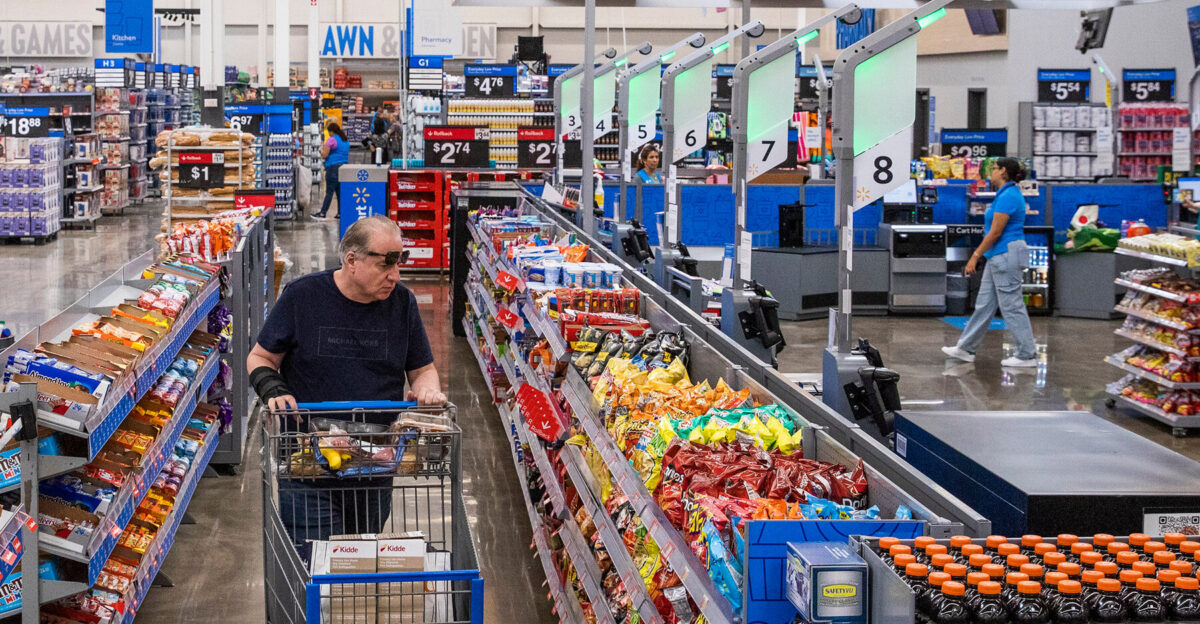
Walmart’s strategy is being closely monitored by rival retailers and real estate investors. Other chains, including Dillard’s, Home Depot, and Publix, have acquired shopping centers to secure prime locations. Analysts predict Walmart’s approach could accelerate similar redevelopment projects nationwide.
National Trend Accelerates
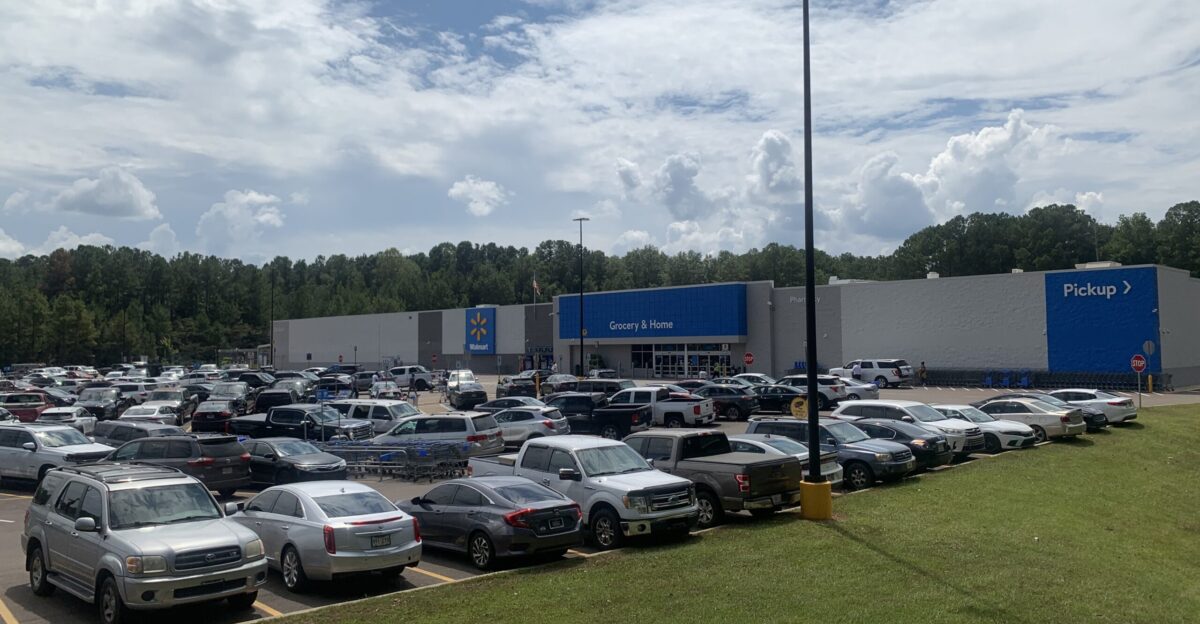
The Monroeville demolition is part of a broader wave of mall redevelopments across the U.S. As landlords and retailers adapt, vacancy rates remain challenging, reshaping the commercial real estate landscape.
New Vision Emerges
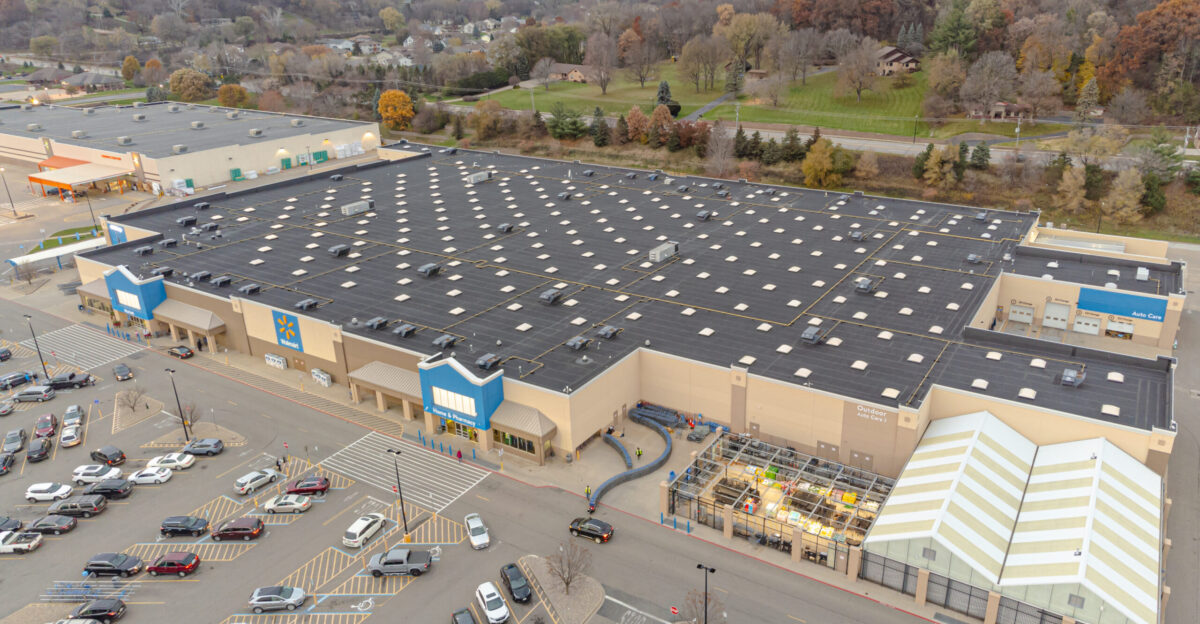
Walmart’s redevelopment plan includes 780,000 square feet of retail and restaurant space, plus public open areas. The company has applied for a $7.5 million state grant to support the project, signaling long-term investment in the Monroeville community.
Tenant Frustration Grows
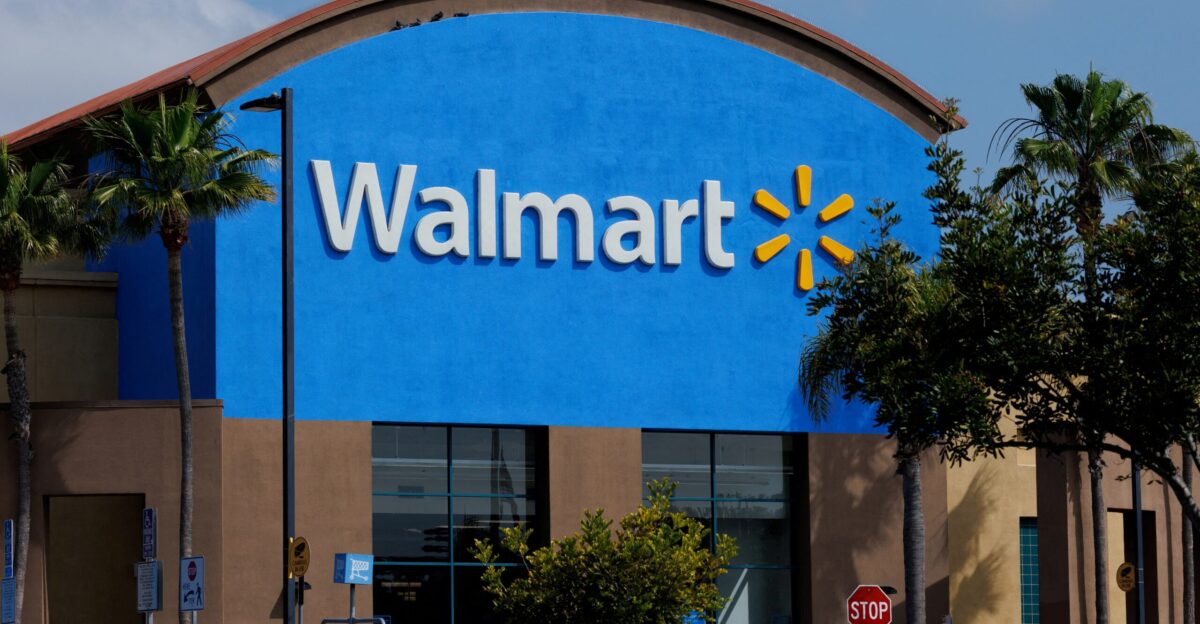
Current tenants must vacate by April 2027. Many small business owners feel blindsided and worry about finding new locations. Some have criticized the lack of detailed communication from both Walmart and city officials.
Ownership Shift Explained
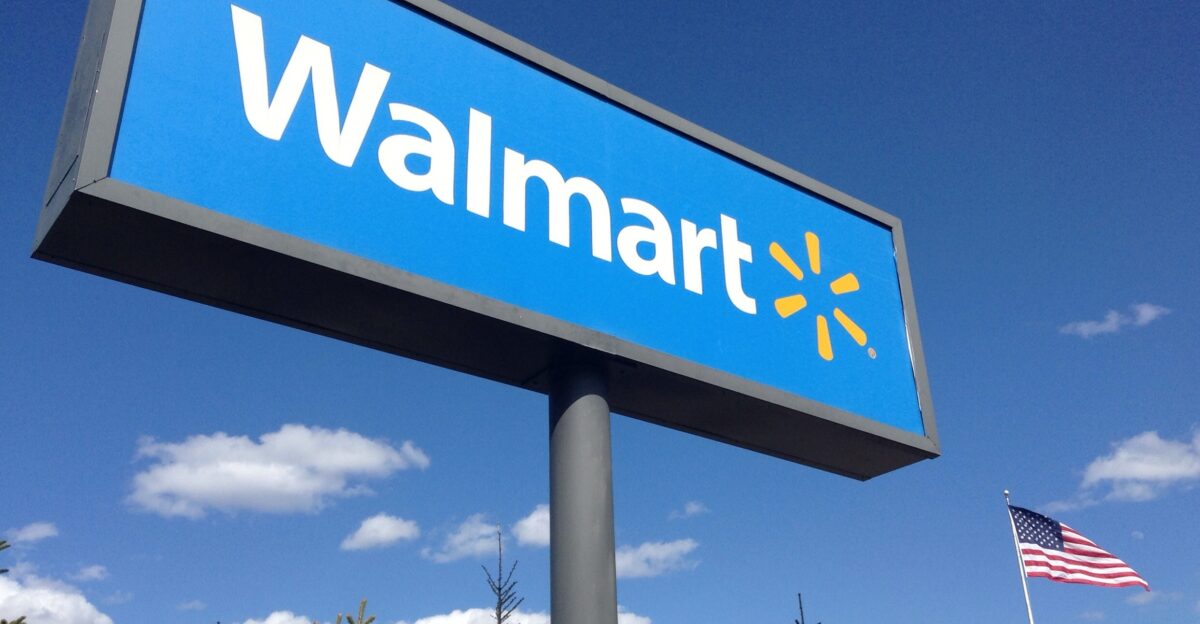
By purchasing Monroeville Mall outright, Walmart gains control over redevelopment and future operations—a departure from its usual leasing strategy. Analysts suggest this approach may influence other major retailers.
Comeback Blueprint
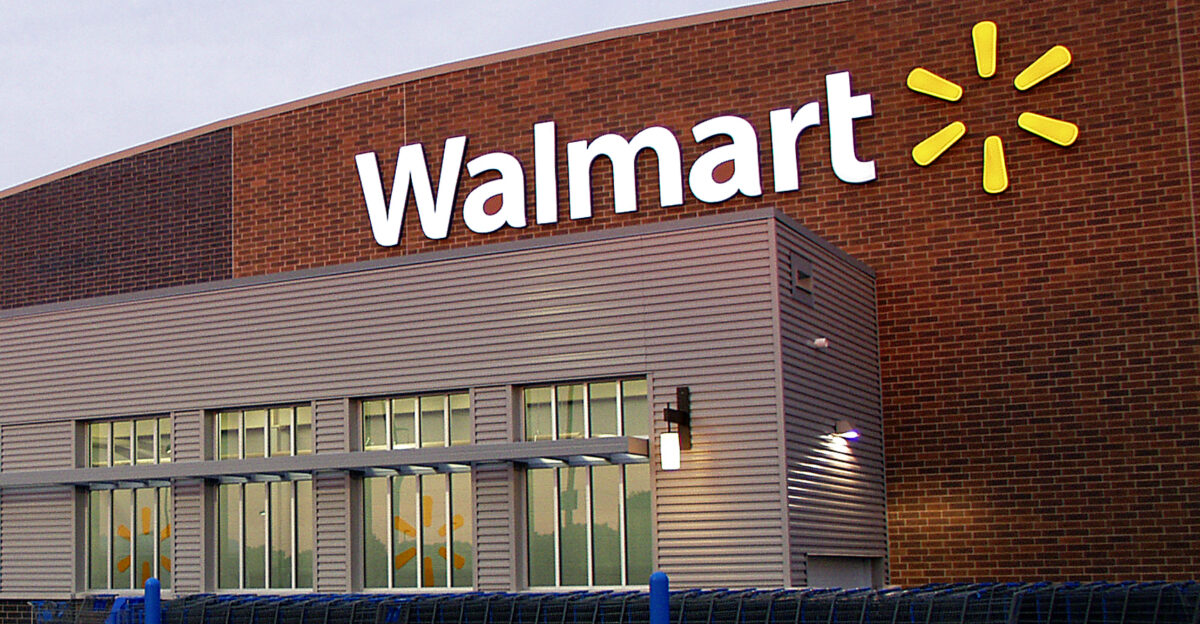
Walmart aims to create a “vibrant destination” that brings the community together. Plans include new landscaping, pedestrian-friendly design, and modern utilities. The redevelopment hopes to attract new businesses and revitalize the area for years to come.
Expert Outlook Mixed
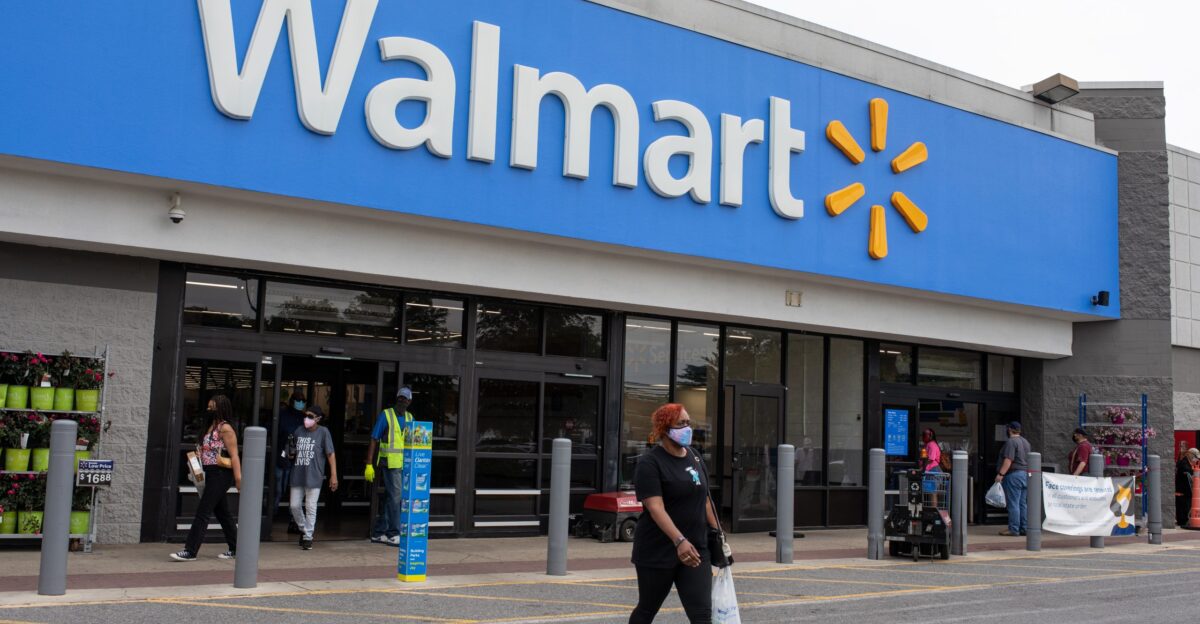
Some retail analysts are optimistic, citing potential economic revitalization. Others warn that the loss of traditional mall jobs and businesses could outweigh the benefits, at least in the short term. The ultimate outcome remains uncertain.
What’s Next for Monroeville?
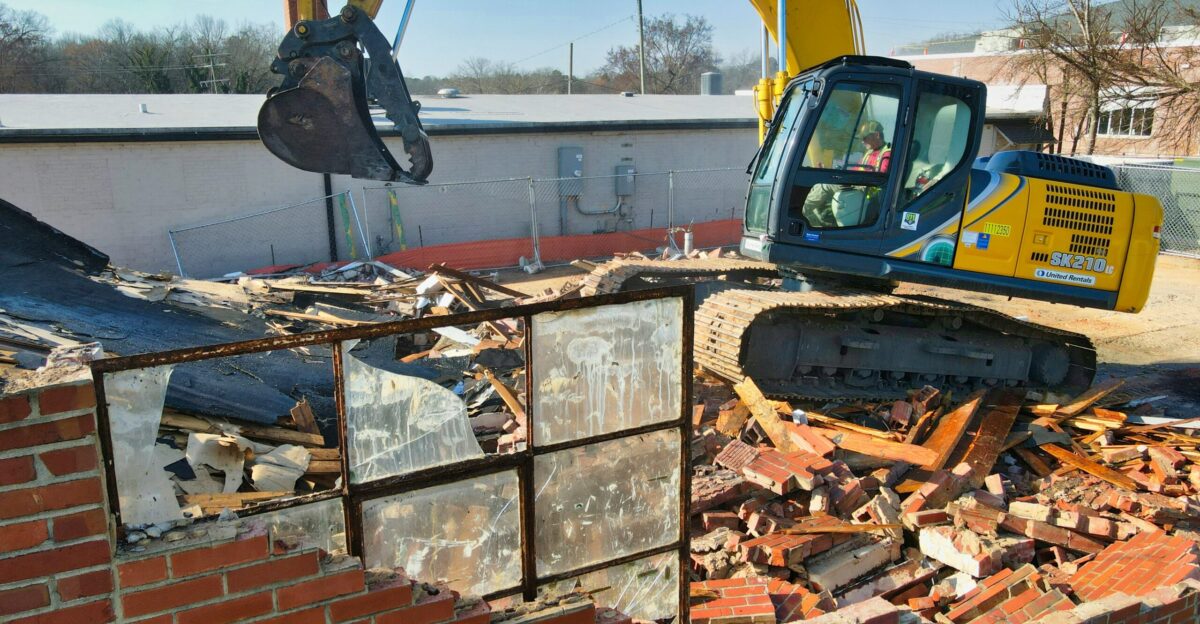
With demolition set for 2027, the community faces a transitional period.
Questions remain: How quickly will new jobs be created? Will the development meet local needs? Residents and officials are watching closely.
Political Stakes Rise

State and local politicians are paying close attention, especially as Walmart seeks public funding. Debates over taxpayer support for private redevelopment have intensified, with officials demanding greater transparency and community input.
International Ripples

Global retailers are observing Walmart’s strategy as a model for transforming aging malls. The Monroeville project may serve as a blueprint for similar redevelopment in other countries facing e-commerce pressures.
Legal and Environmental Hurdles
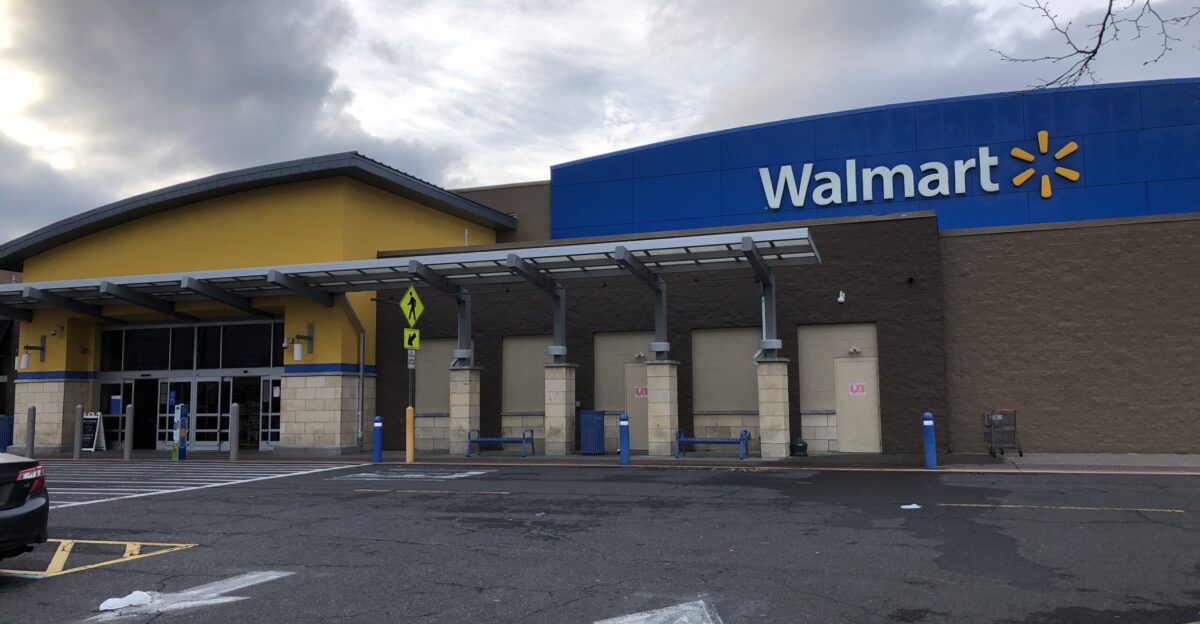
Demolition and redevelopment will require extensive permitting and environmental review. City officials are overseeing compliance, while environmental groups voice concerns over construction waste and sustainability.
Cultural Shift in Retail
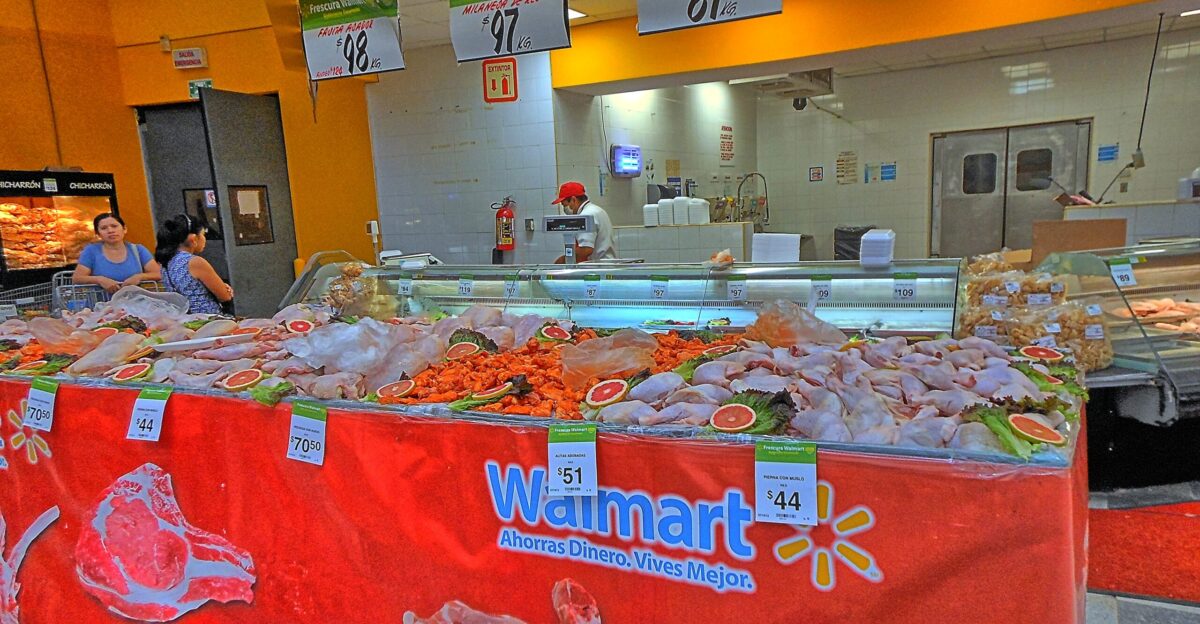
The end of Monroeville Mall reflects a generational shift in how Americans shop and socialize. Once a symbol of suburban prosperity, malls are giving way to mixed-use, experience-driven developments.
Retail’s Next Chapter
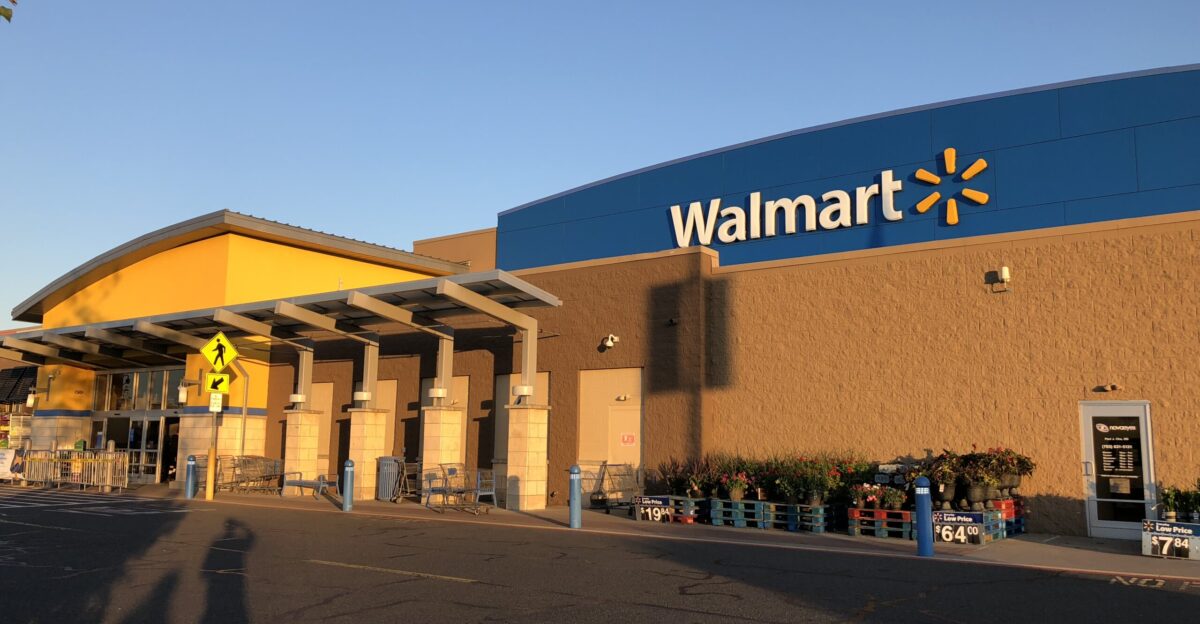
Walmart’s bold move in Monroeville signals a new era for retail real estate. As communities adapt, the story raises broader questions about the future of work, urban planning, and the evolving role of major corporations in local economies.